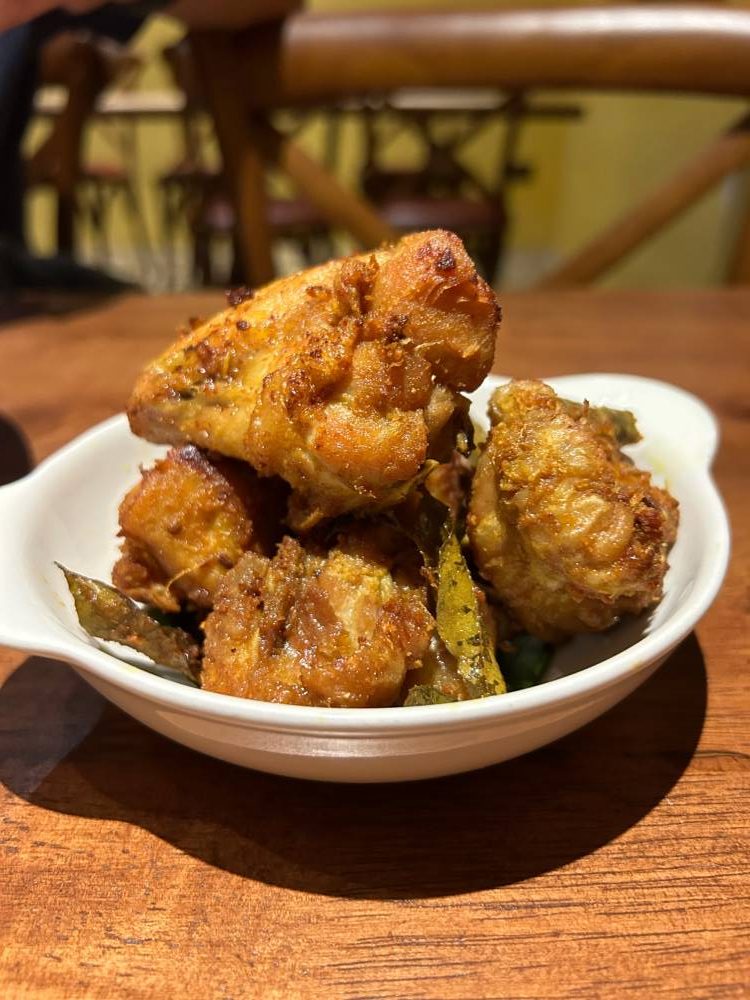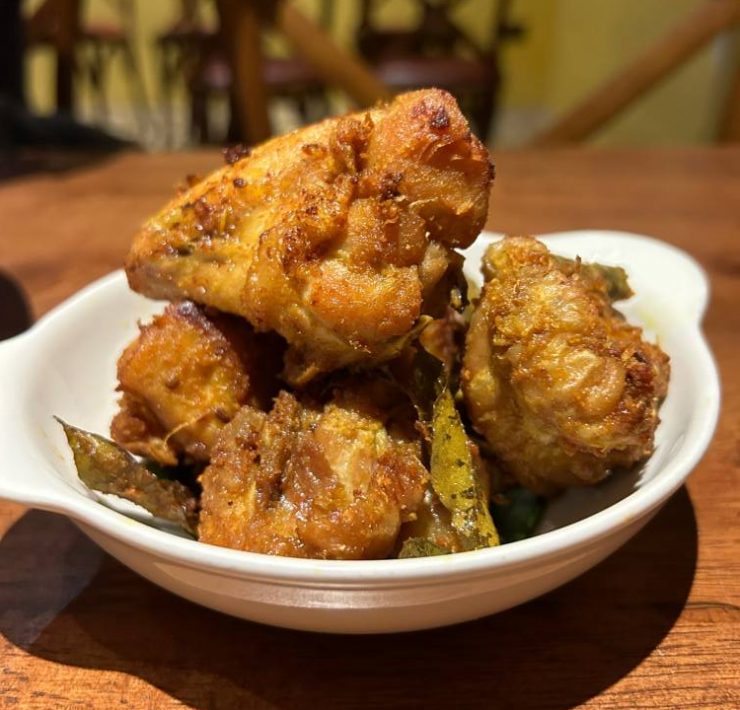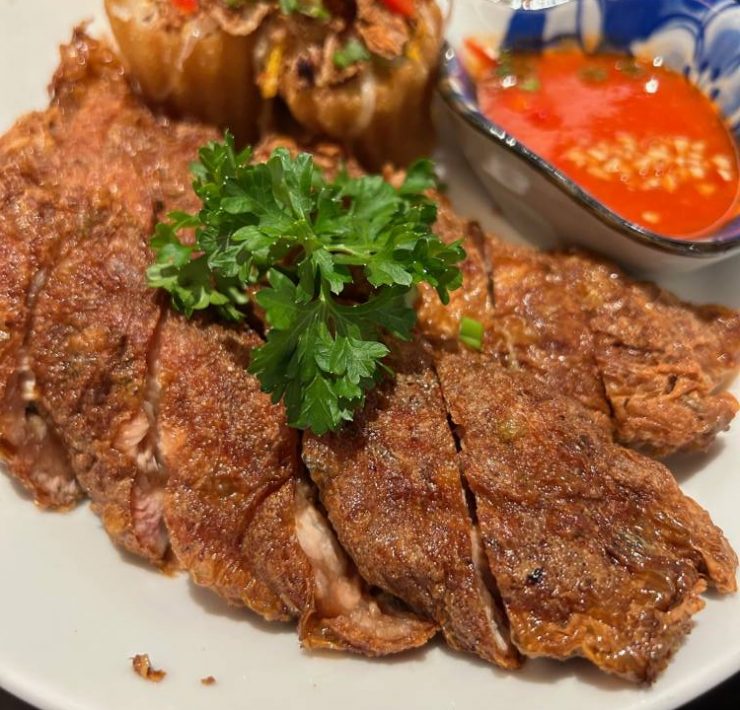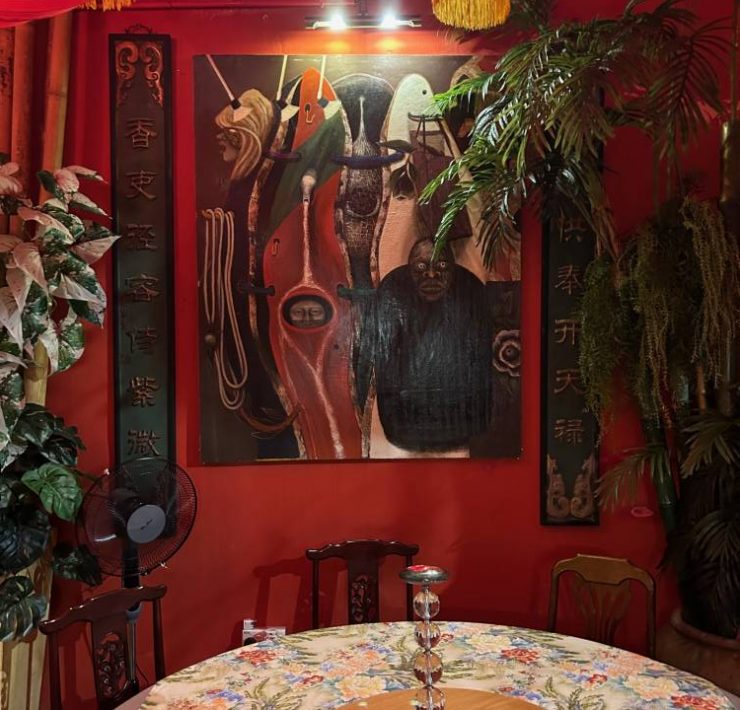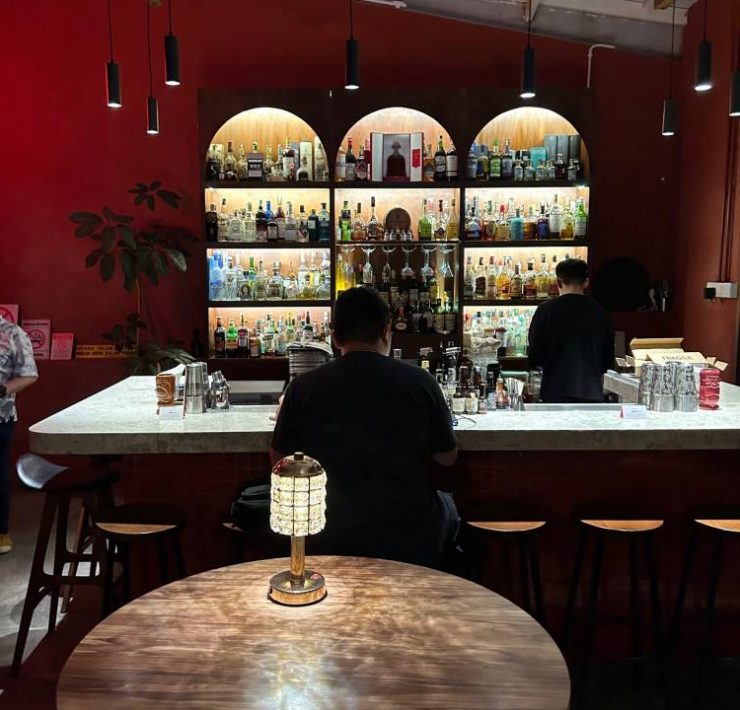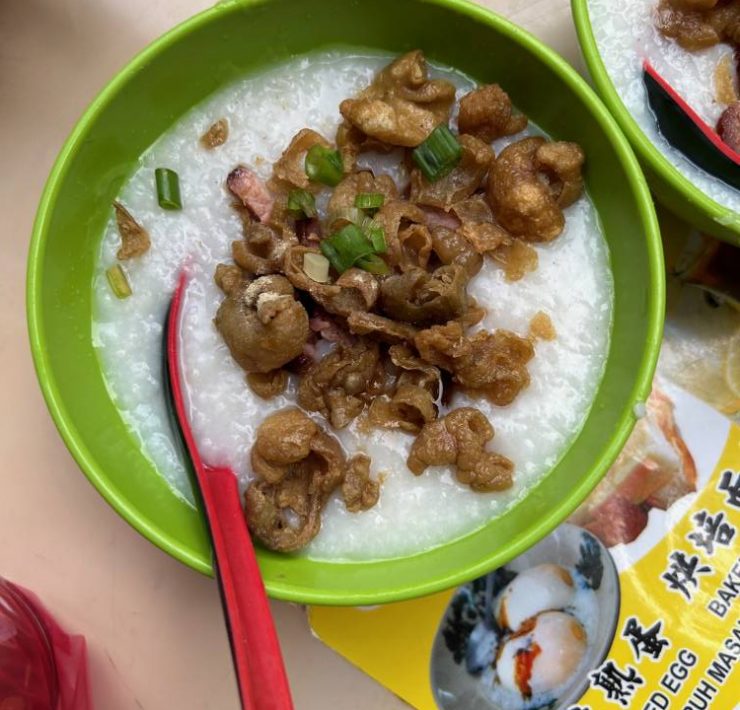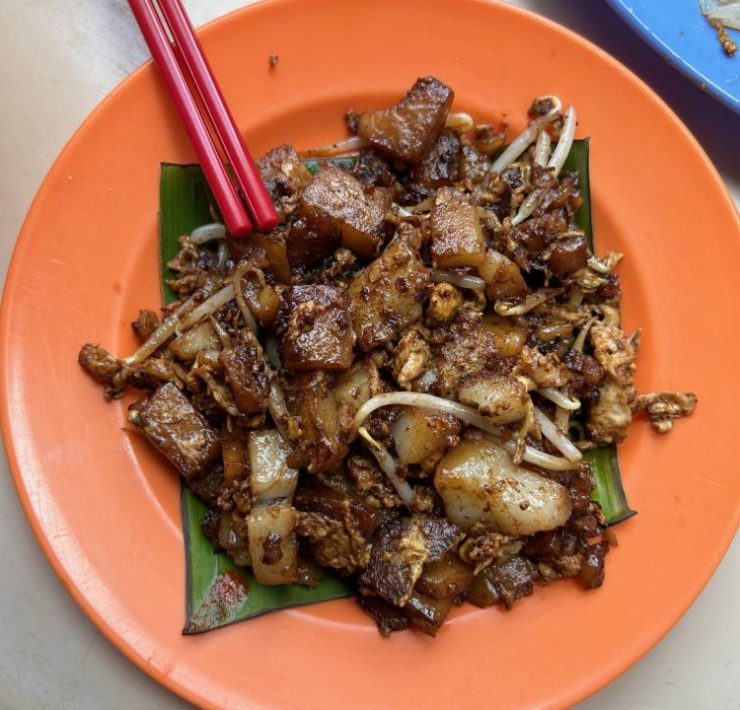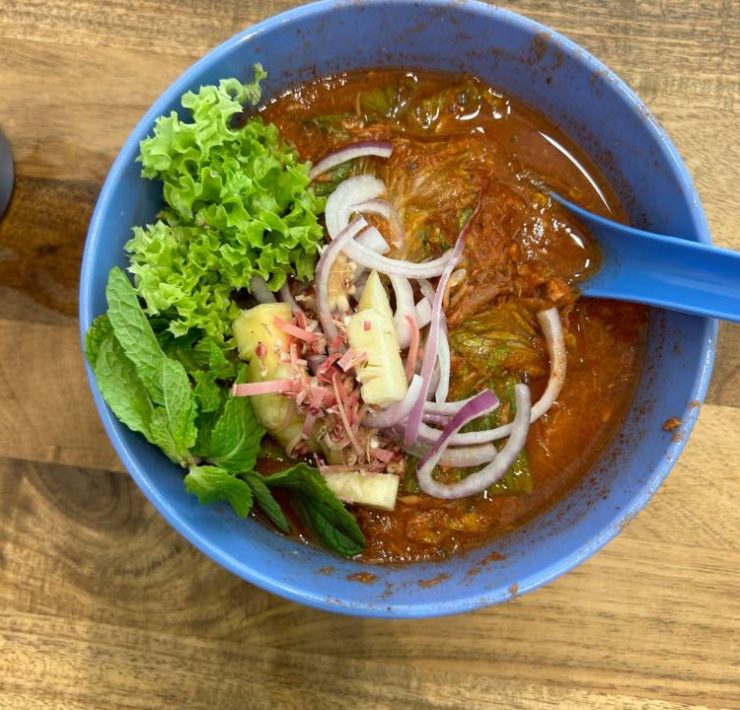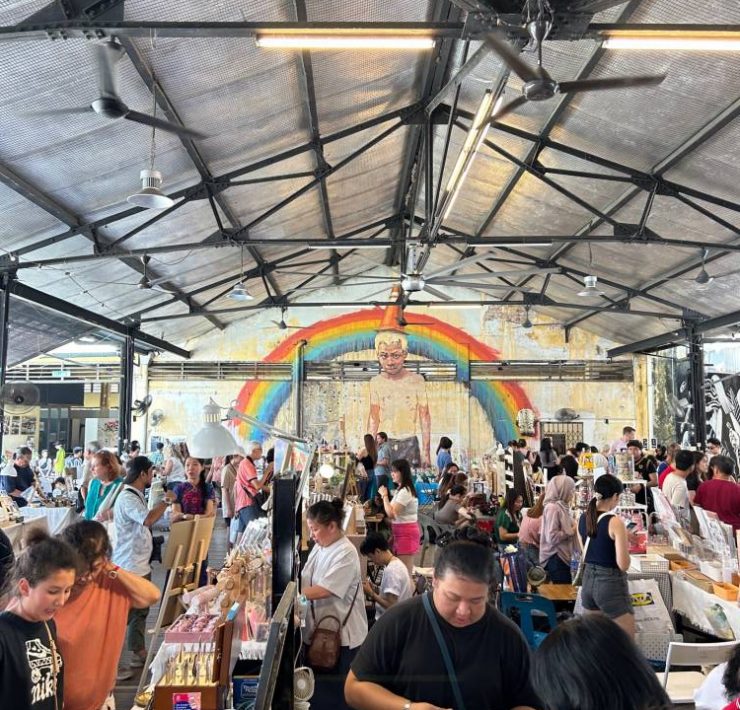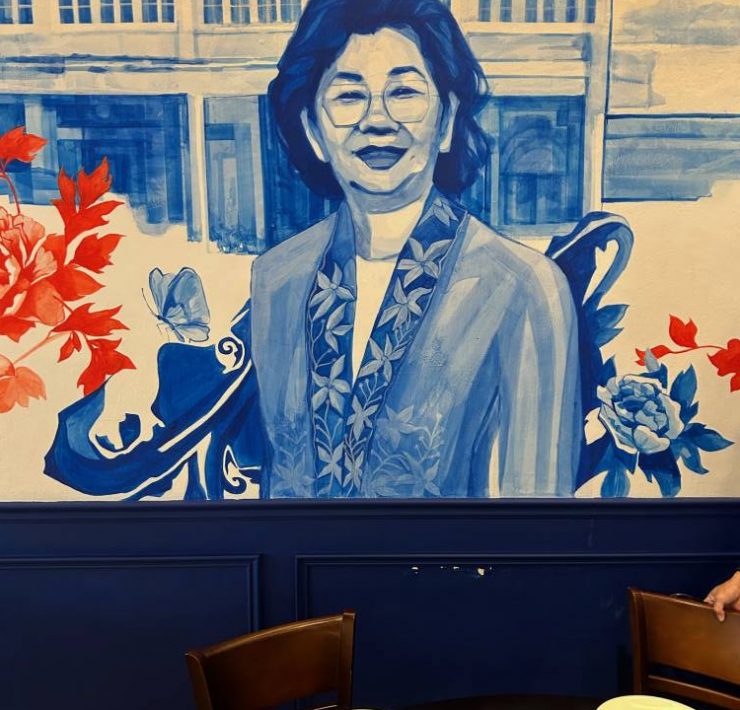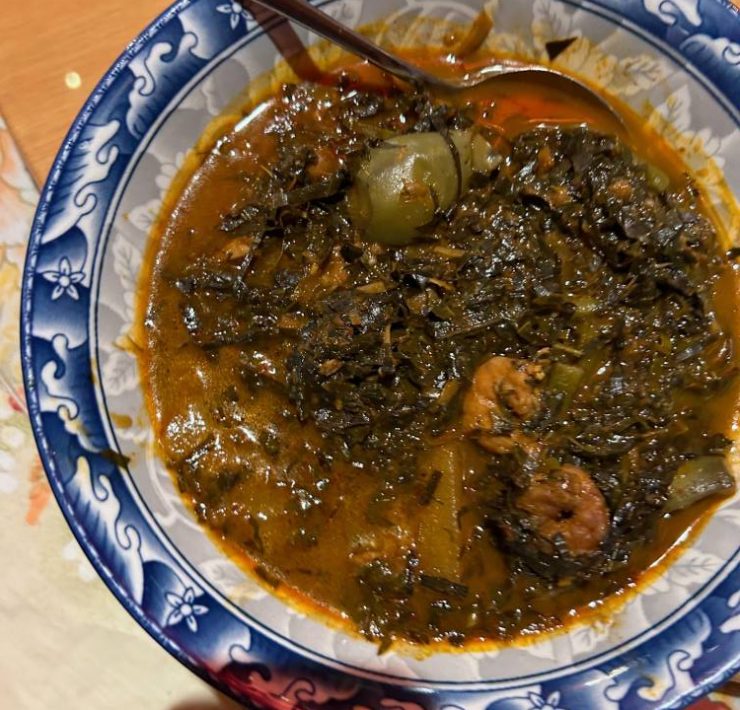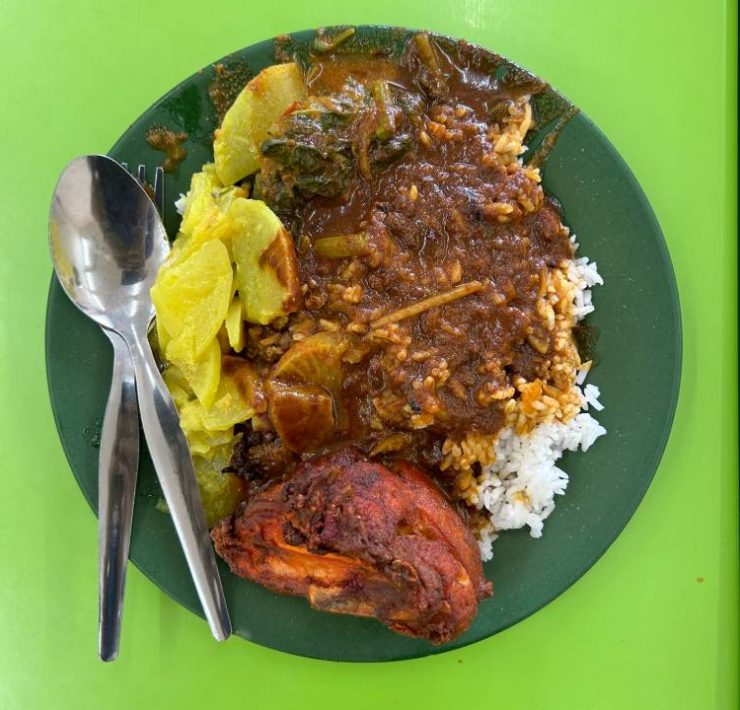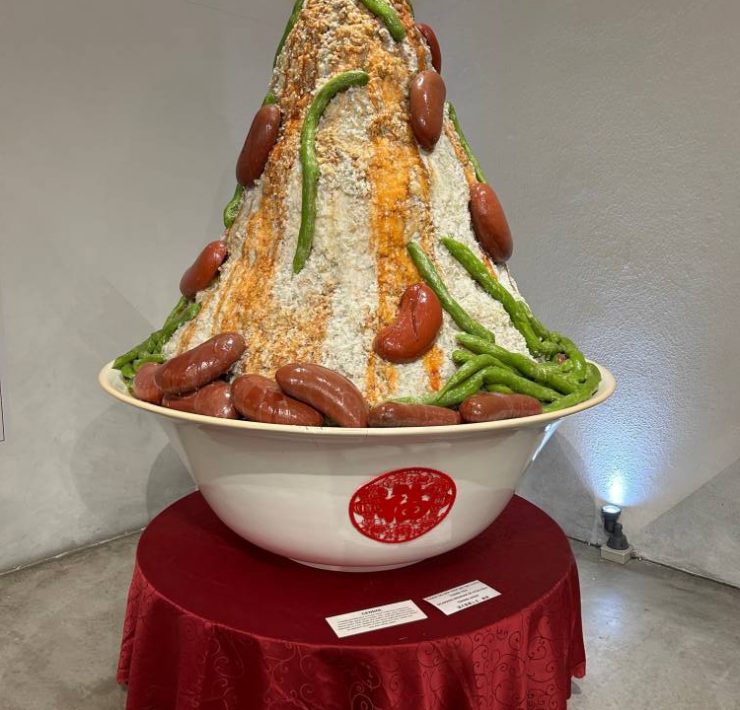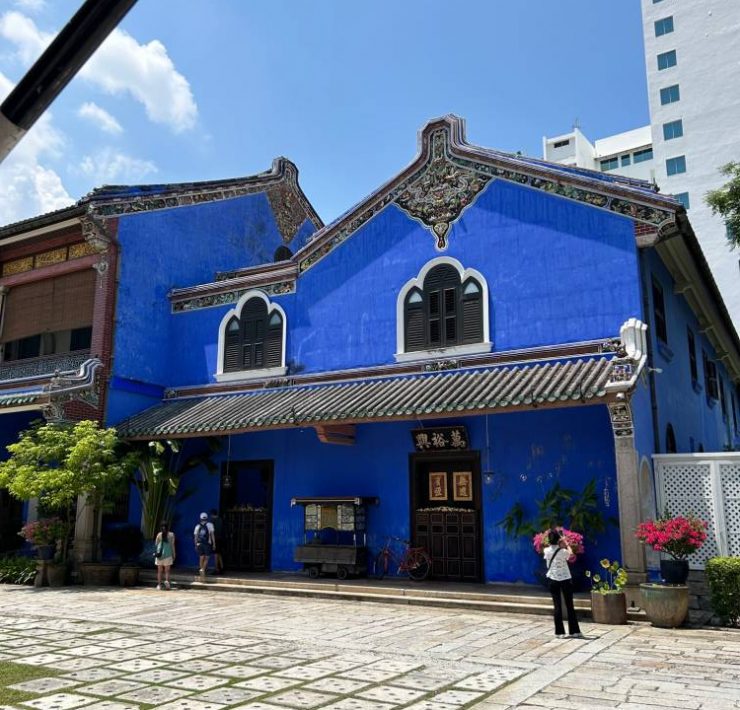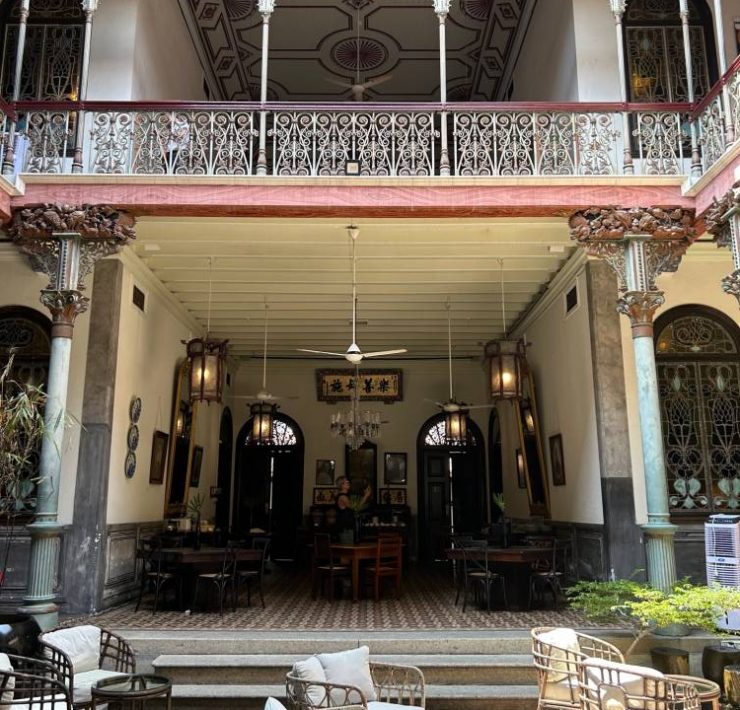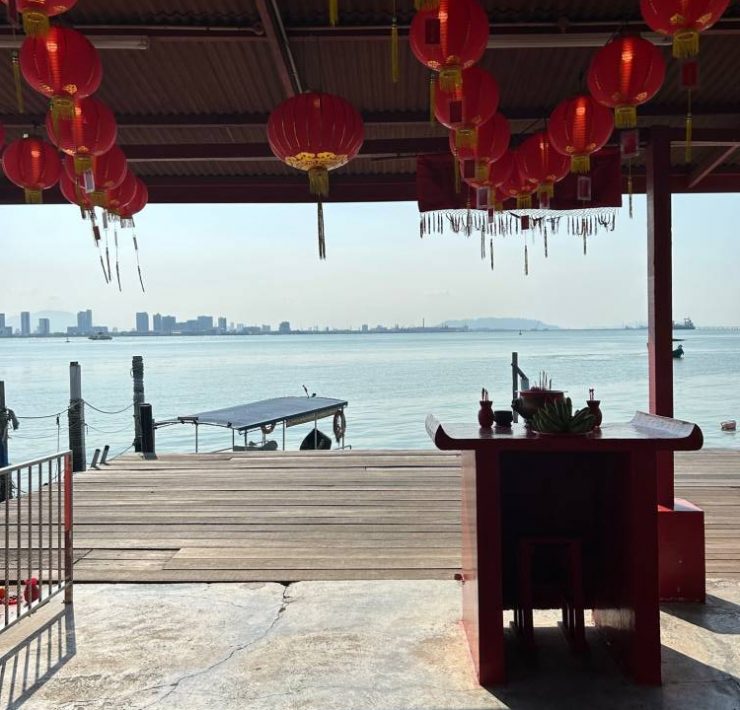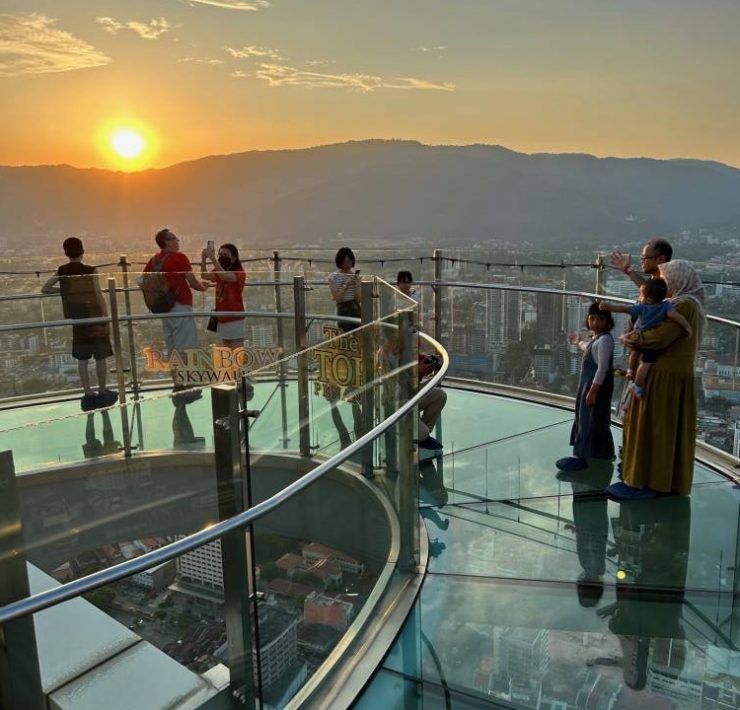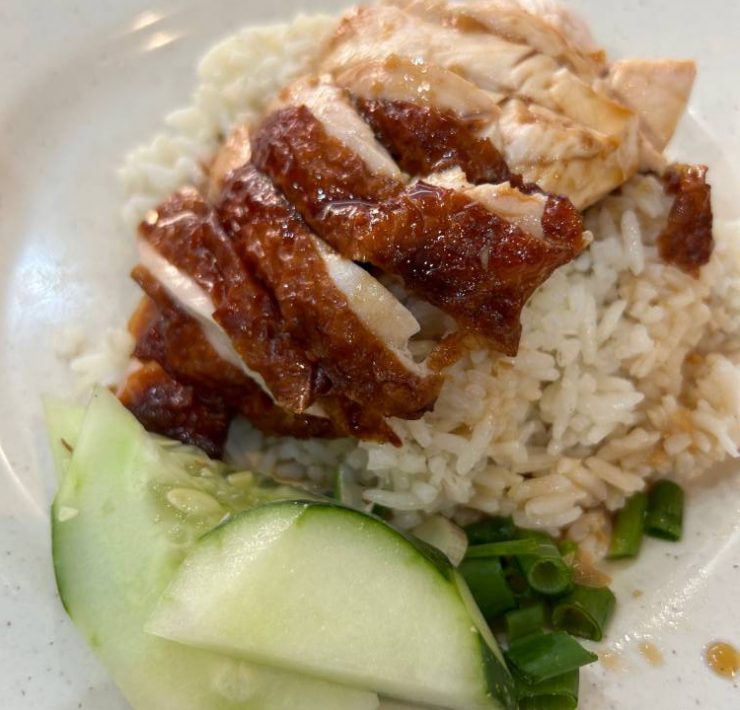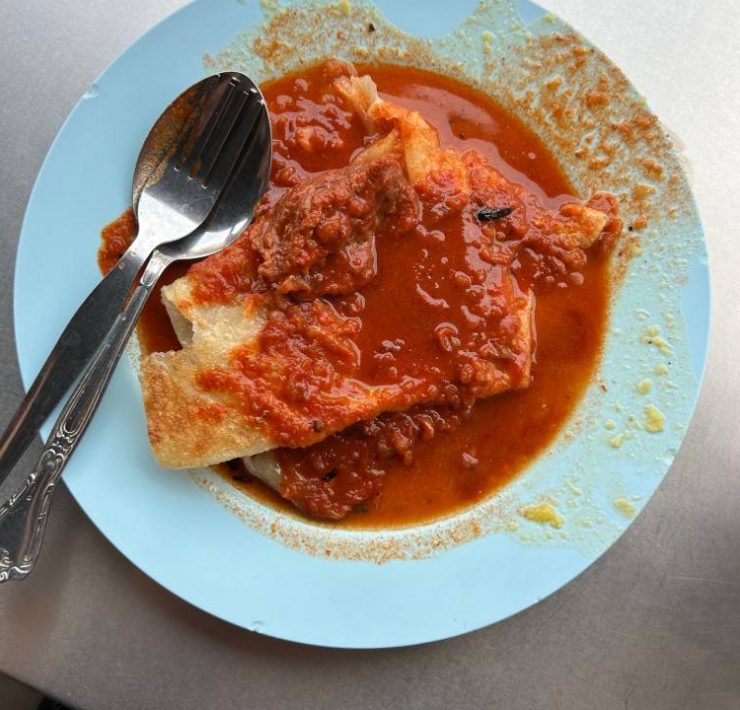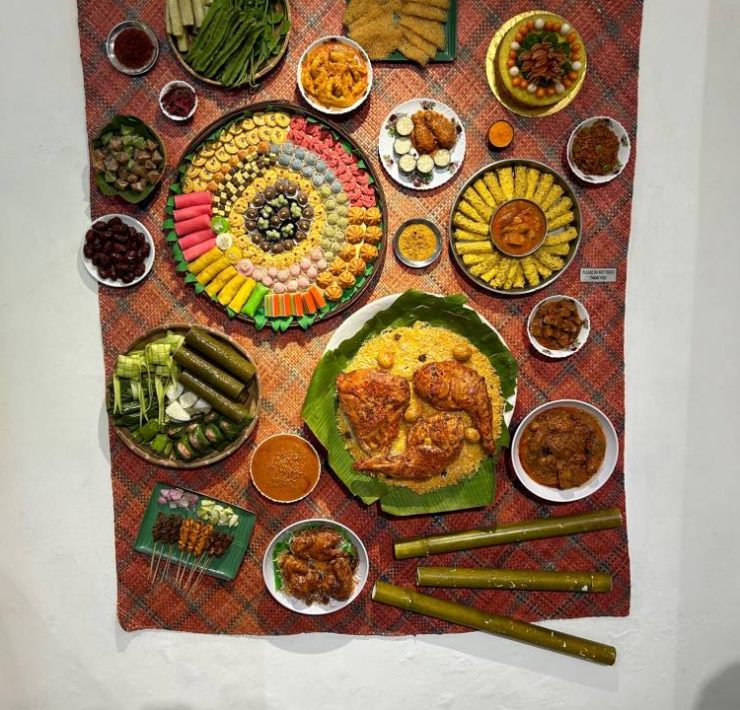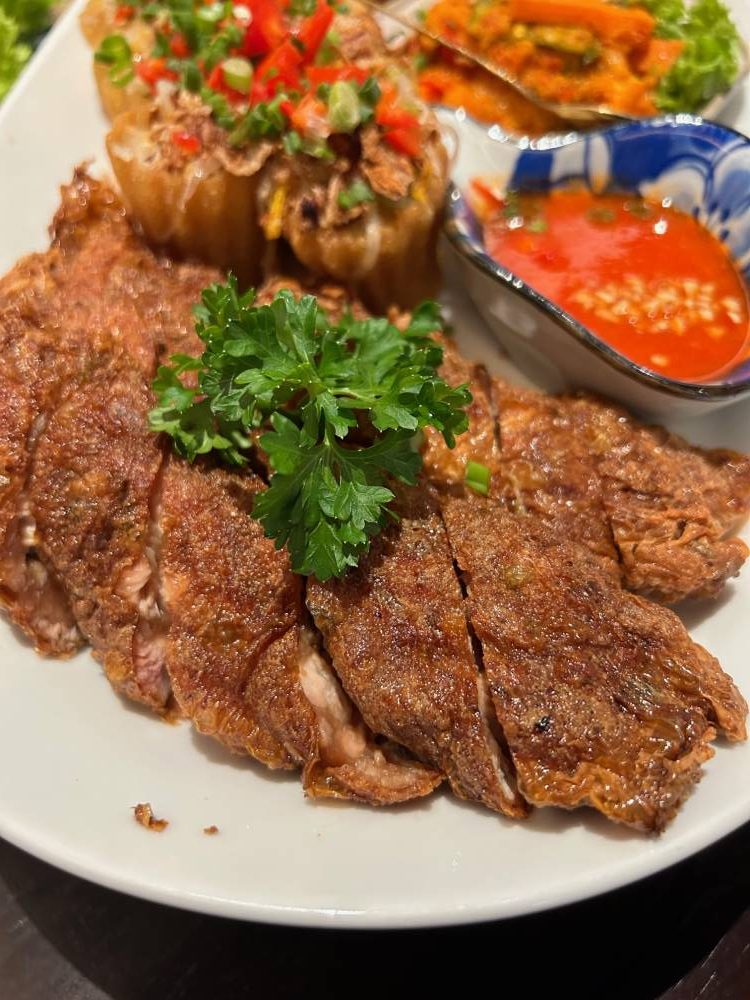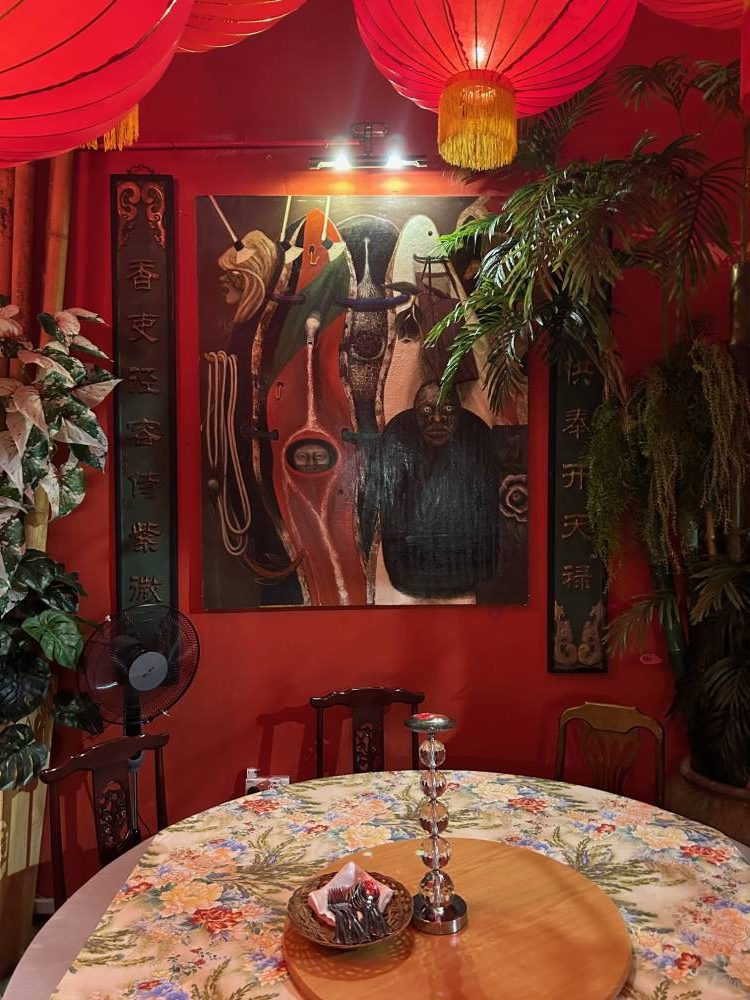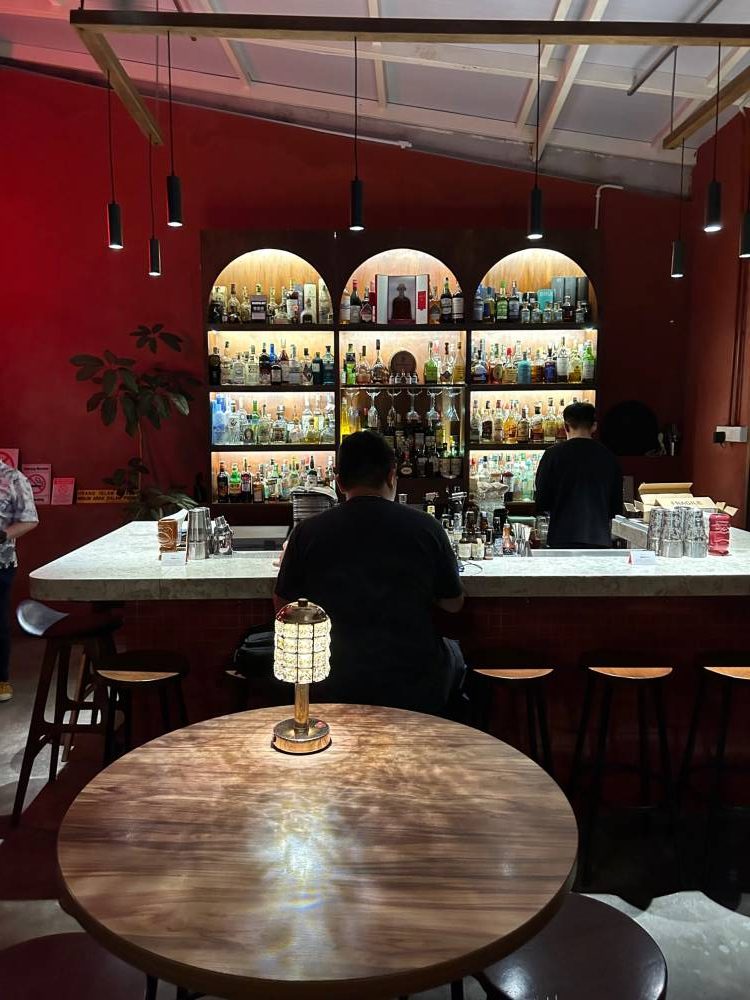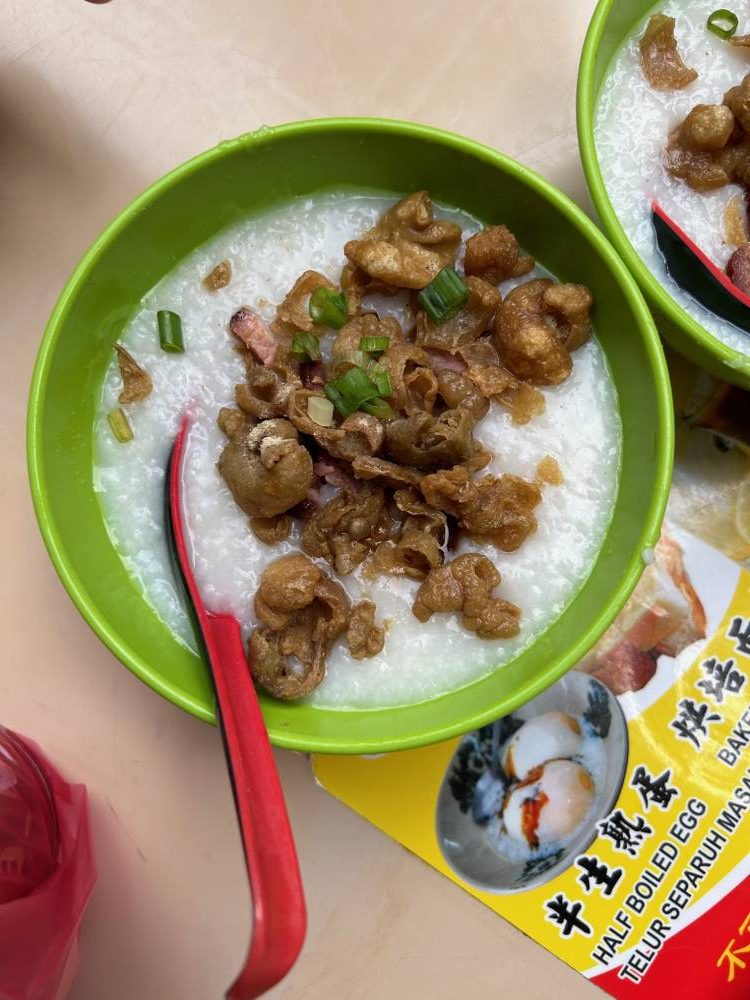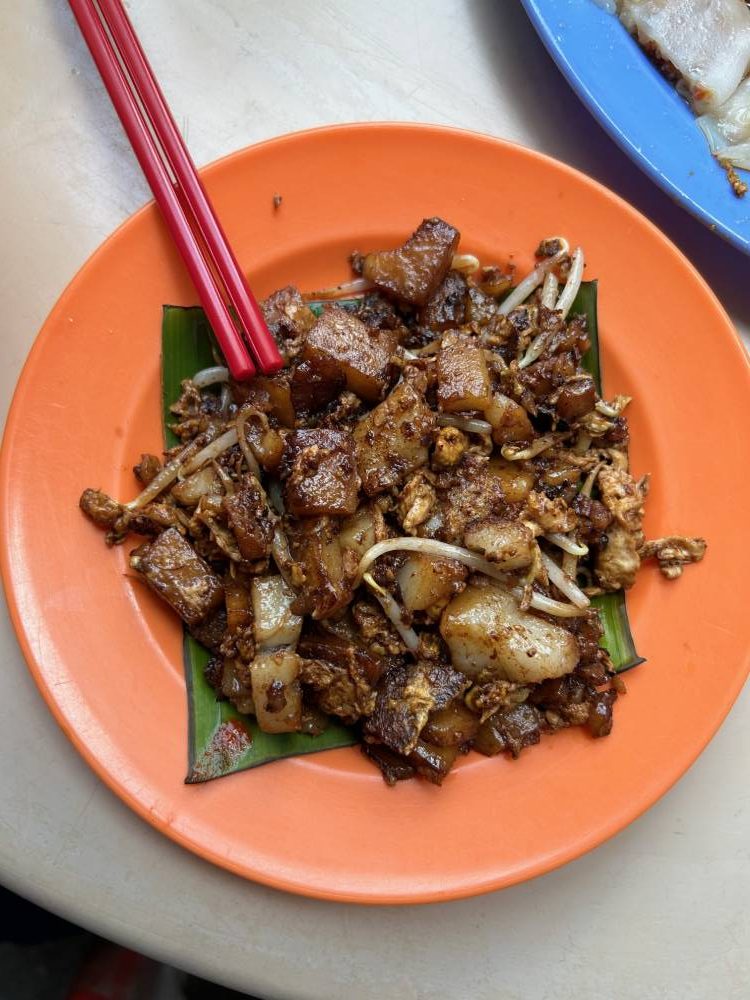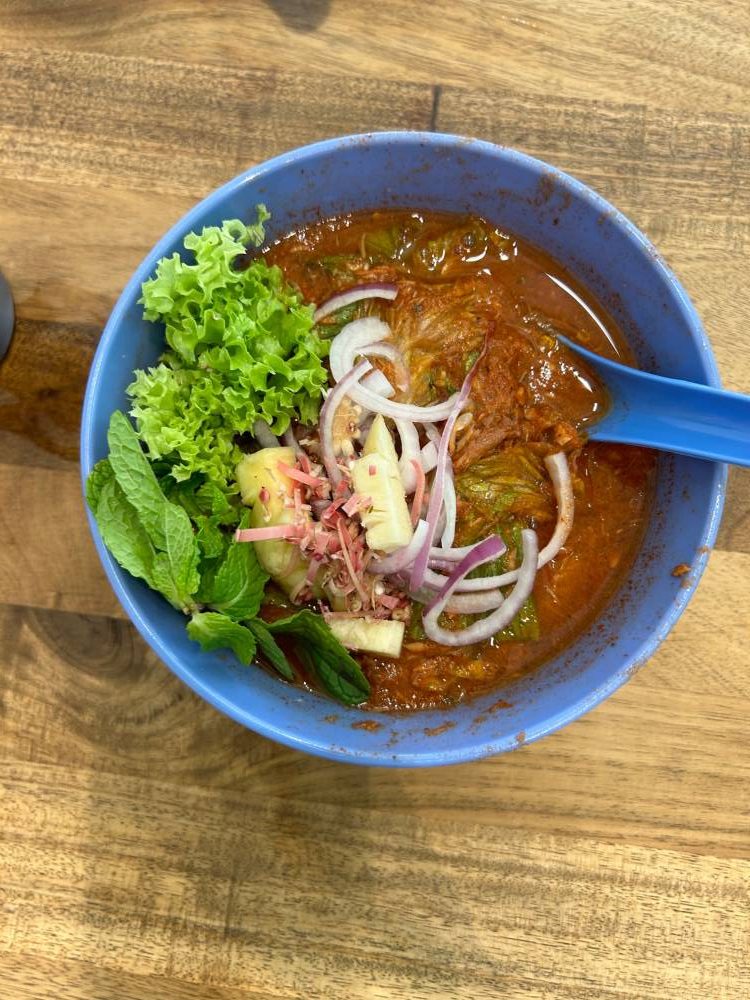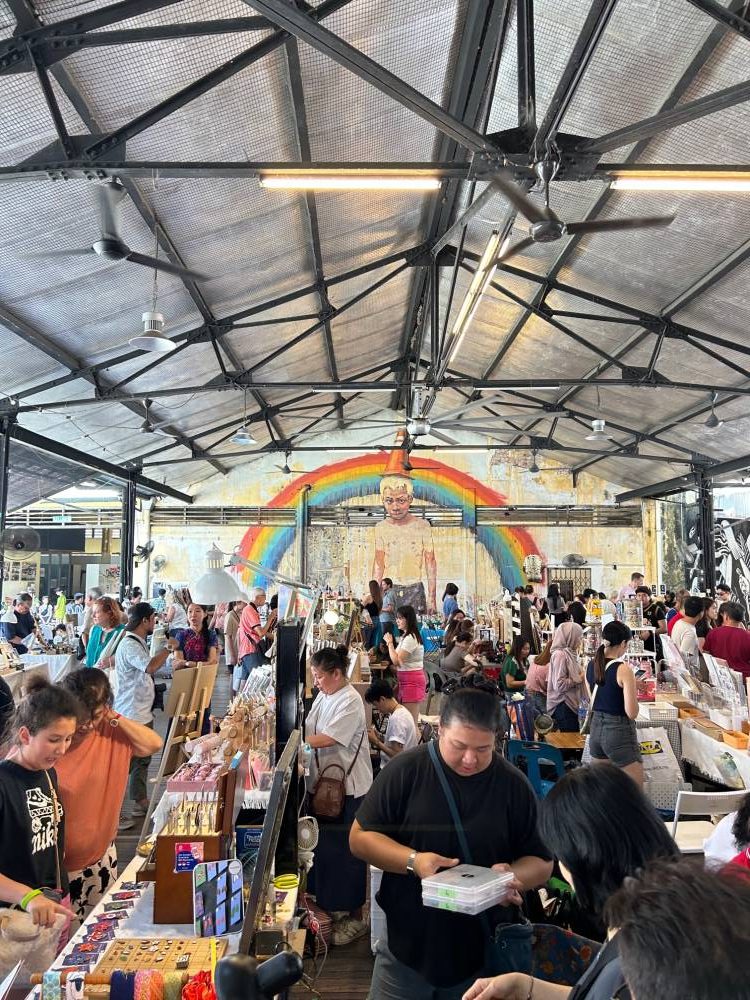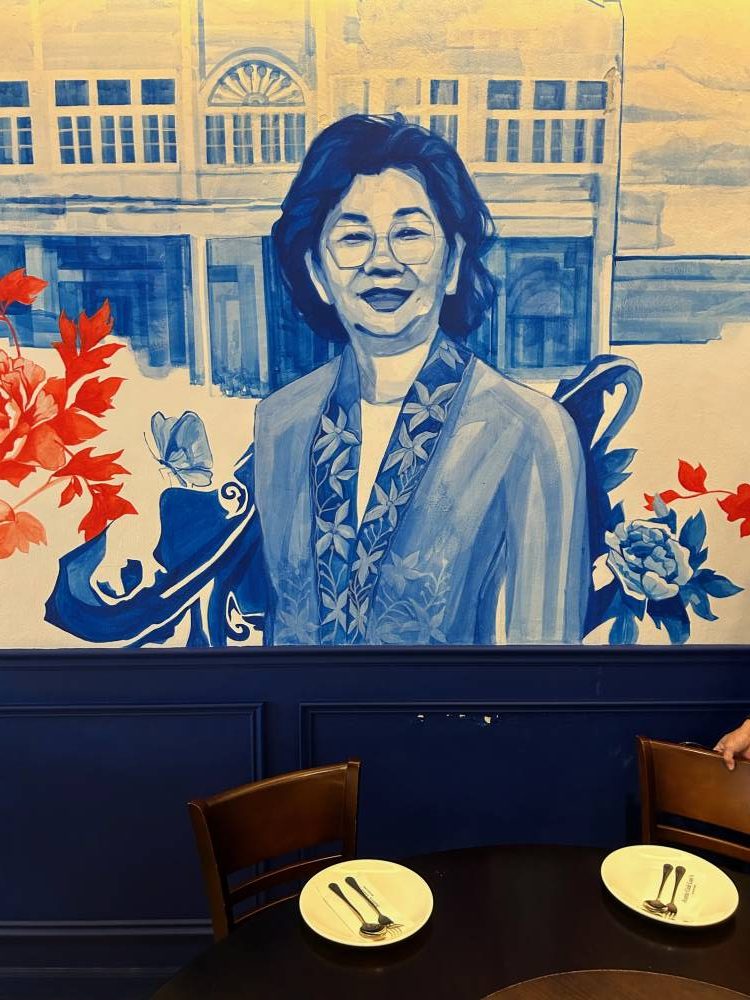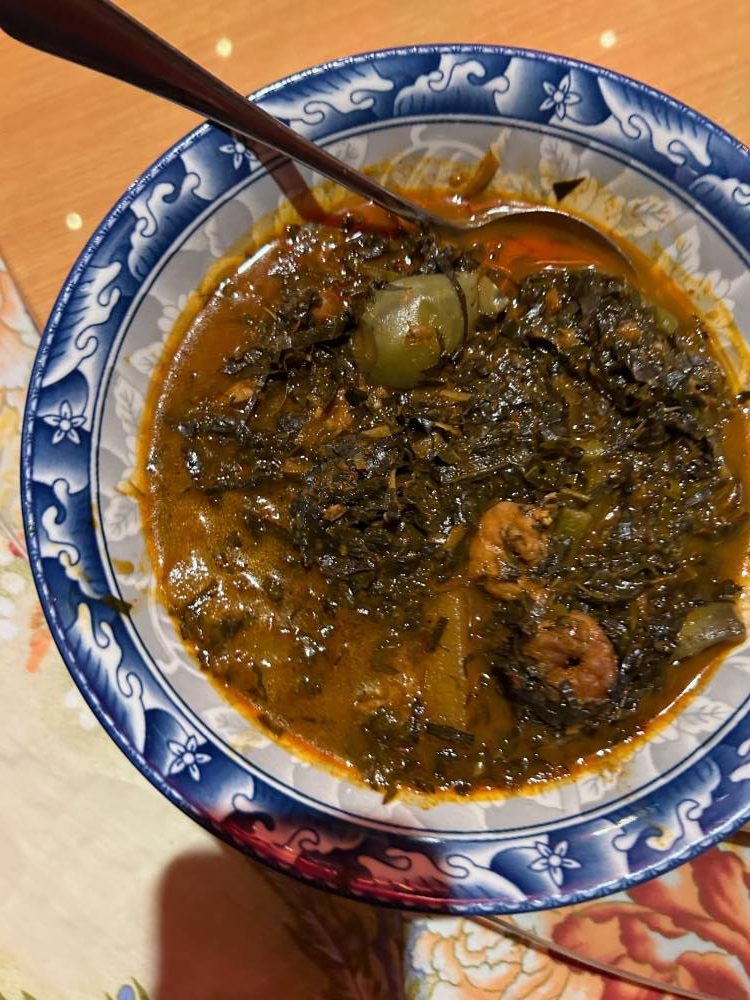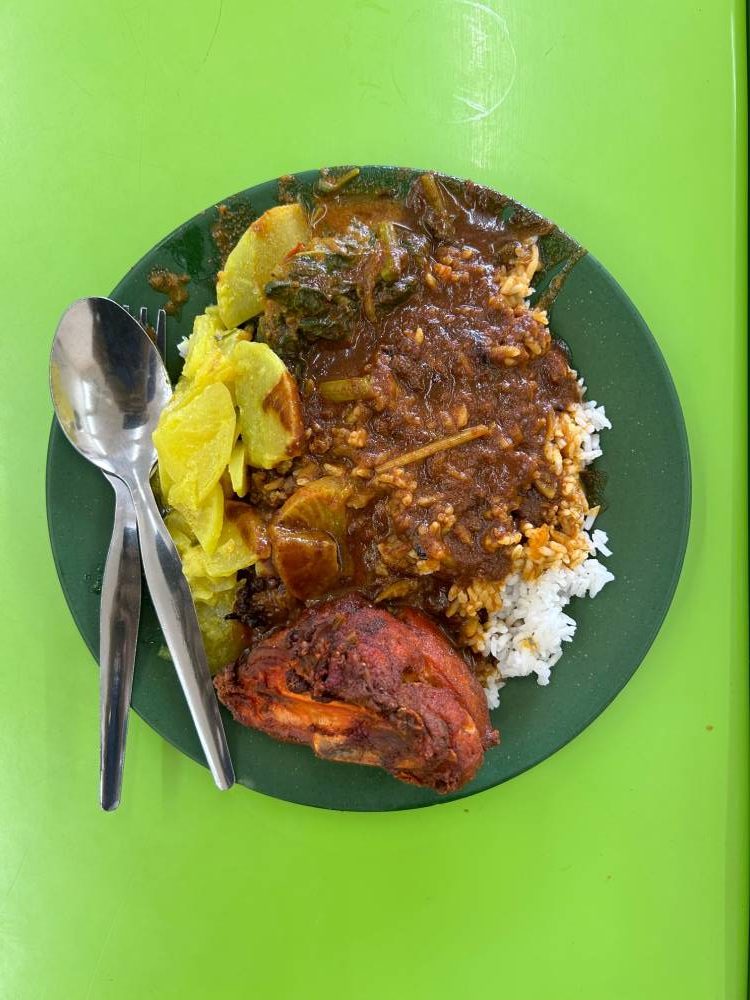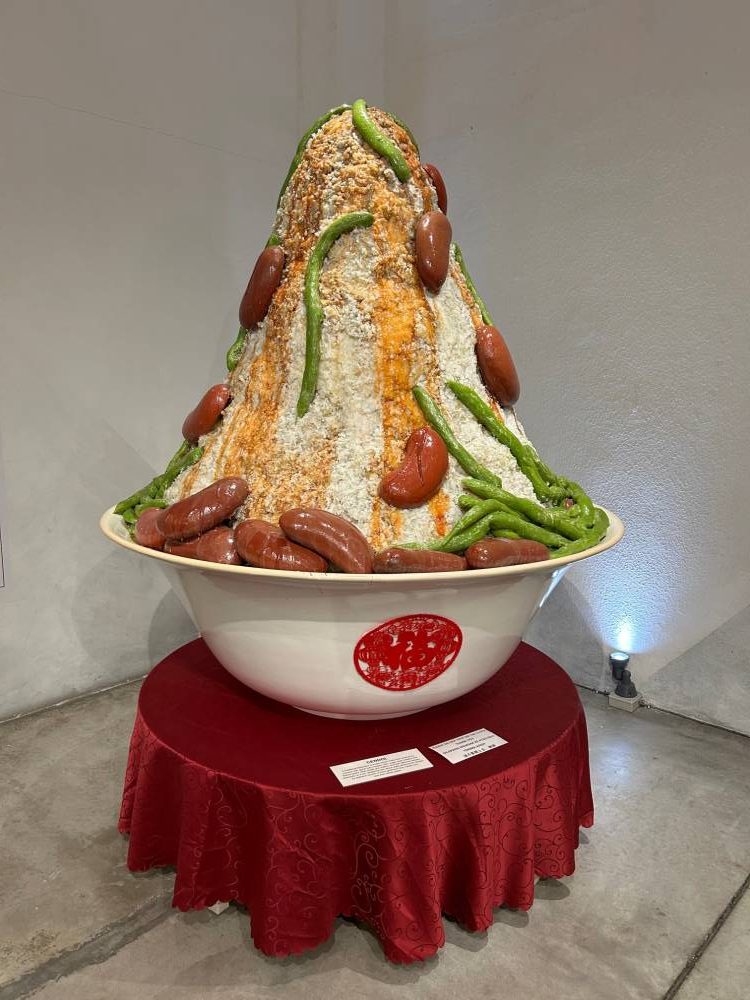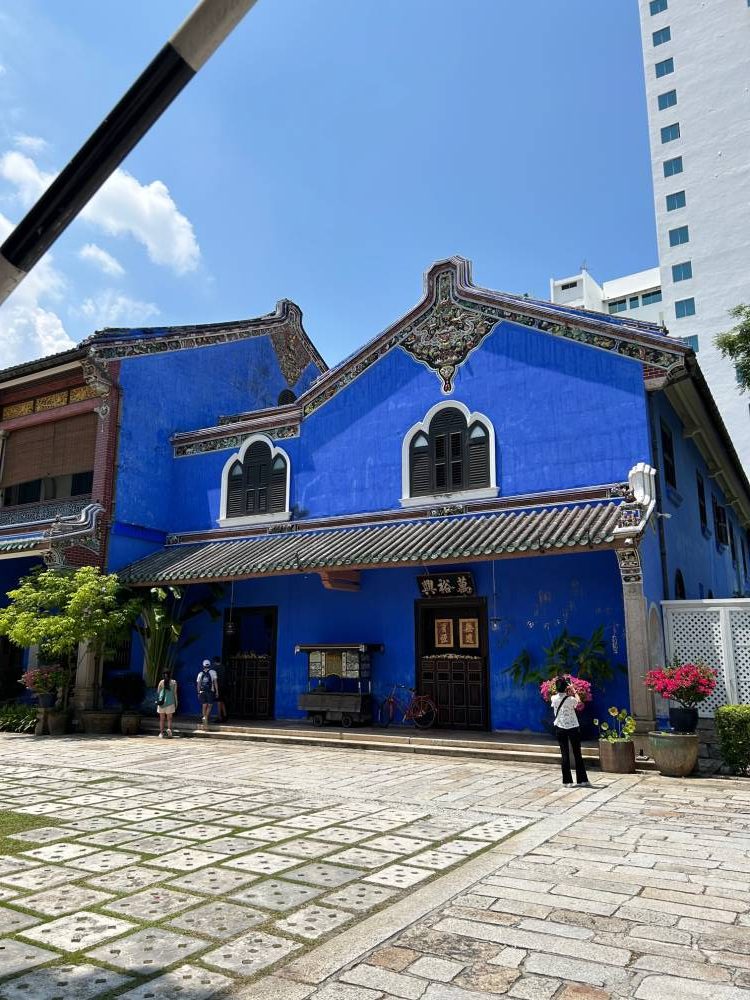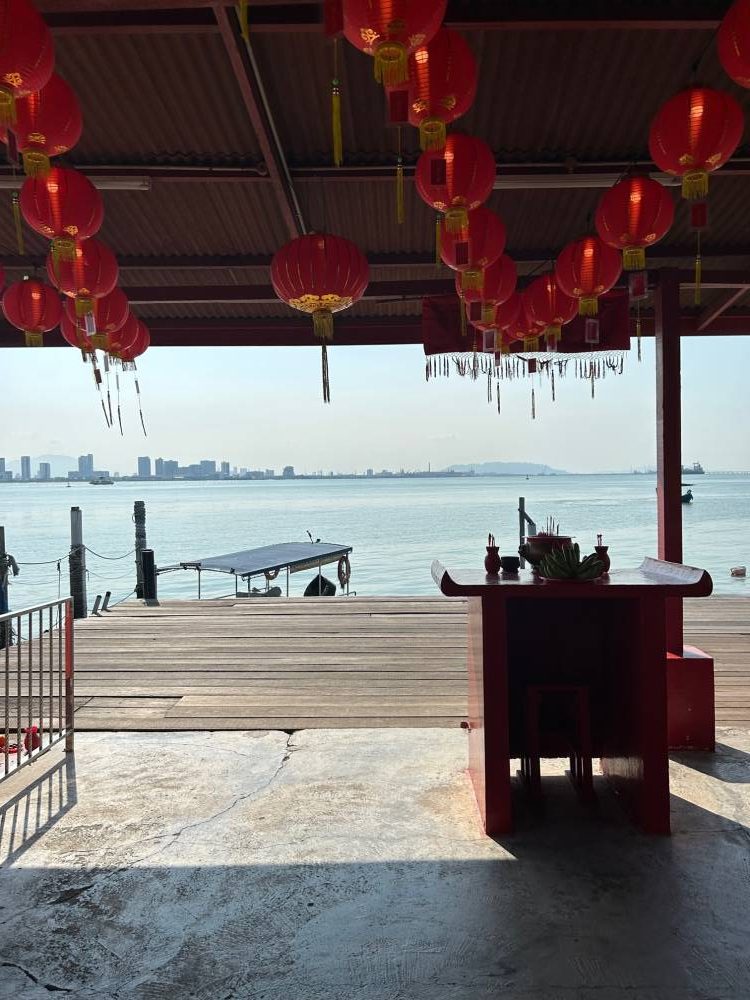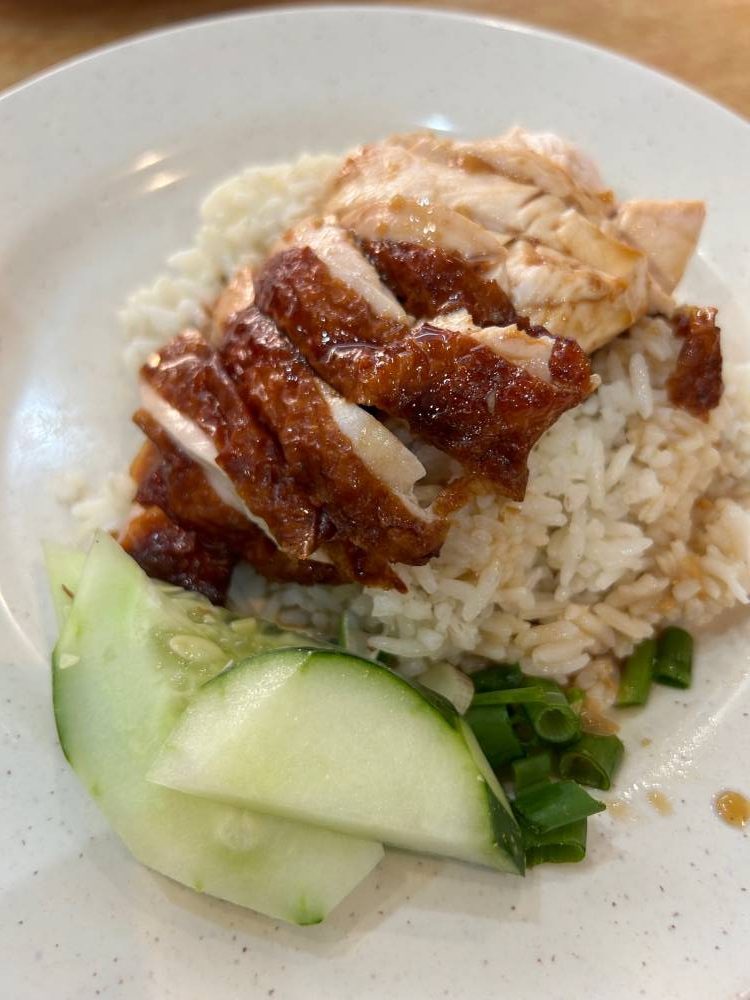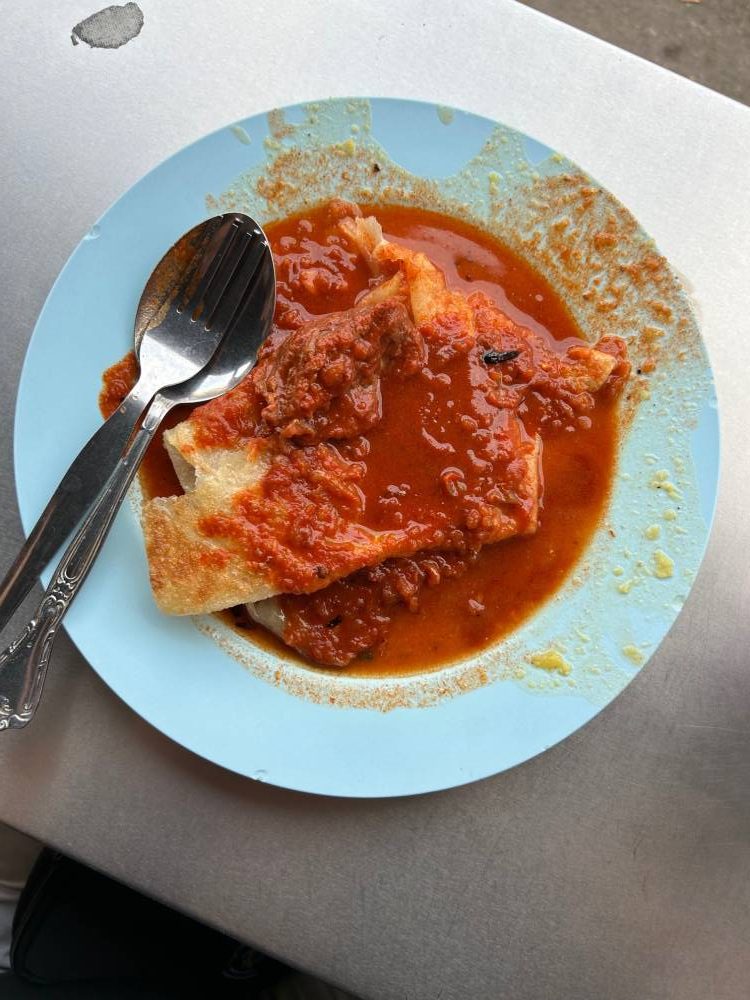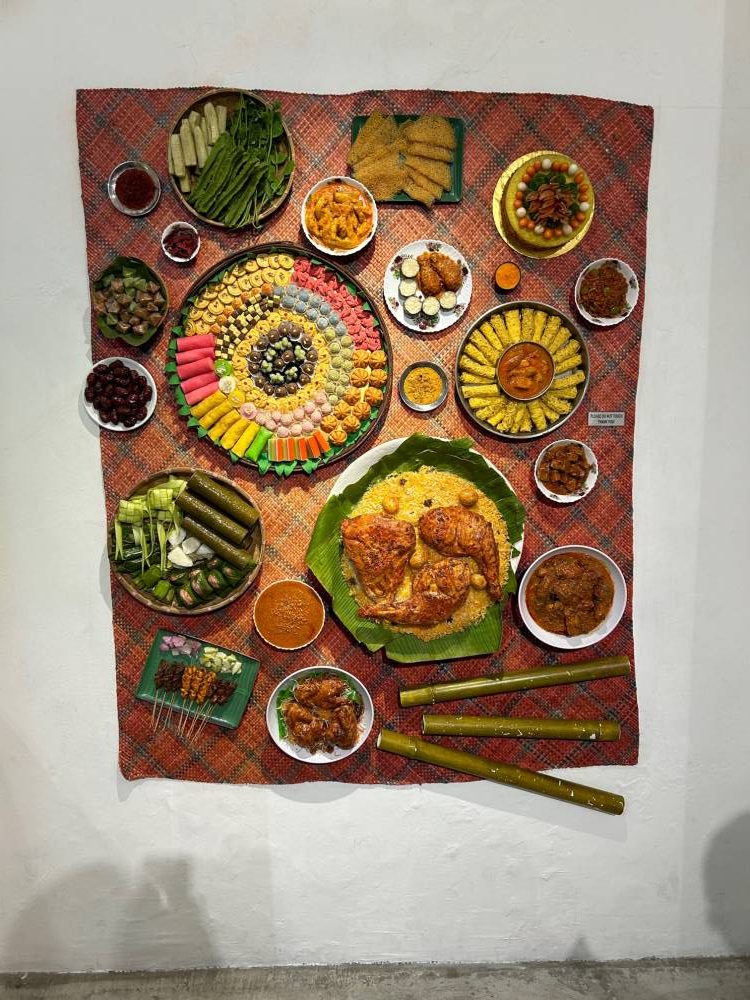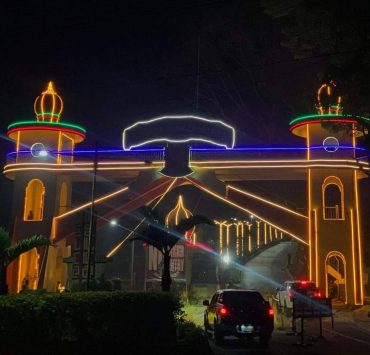Penang’s showcase of Peranakan cuisine
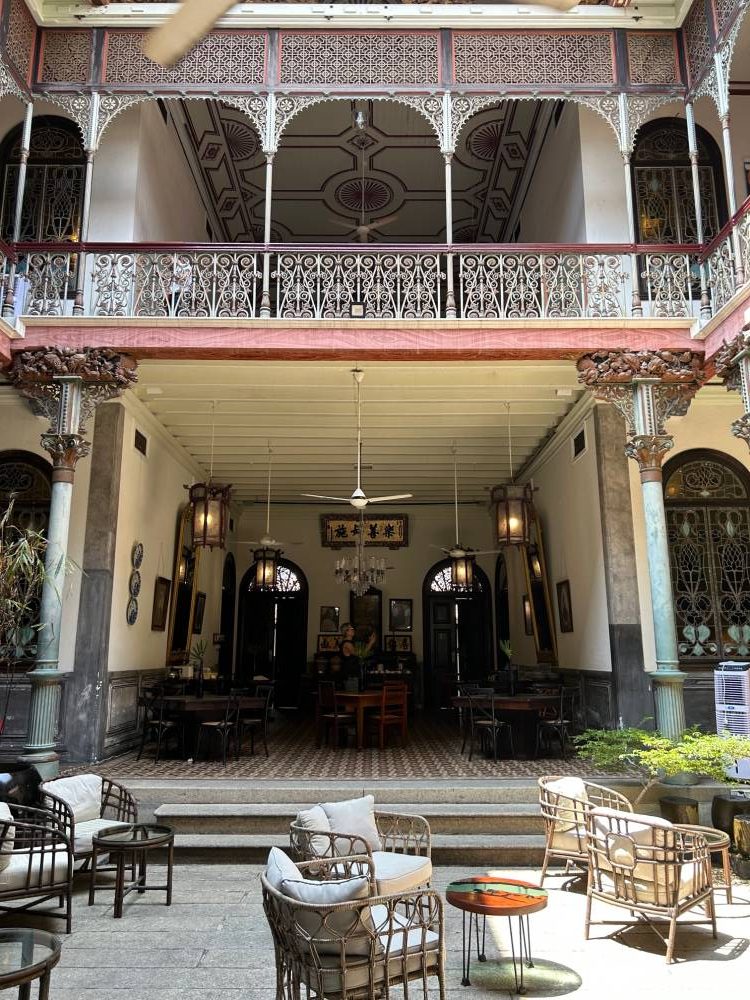
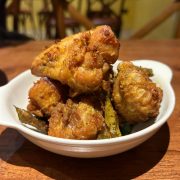

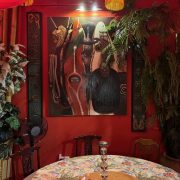
 +15
+15 Penang’s showcase of Peranakan cuisine
Penang’s showcase of Peranakan cuisine
Penang’s showcase of Peranakan cuisine
Penang’s showcase of Peranakan cuisine
I didn’t know much about Penang; it had long been just a box to tick on my travel bucket list. And it took my good friends from the Travel Warehouse Inc. (TWI) and Air Asia to finally get me to the United Nations Educational, Scientific and Cultural Organization (Unesco) World Heritage Site of George Town, the colorful capital of Penang. After our short four-day trip, I realized just how much I had been missing out.
There are no direct flights from Manila to Penang. We had to take a four-hour flight to Kuala Lumpur and wait three hours at the airport, followed by an hour-long trip to get to our final destination. Much of it I spent sleeping while comfortably perched in my hot seat (my 6-ft frame in the emergency exit row with ample legroom) and giddily dreaming of roti and curries, an anticipation further heightened by the delicious Bukhara chicken biryani and Pak Nasser’s nasi lemak (yes, good airline food exists!) served while in transit.
As soon as we landed and got our luggage, we were met outside the terminal by our tour guide Loh Pei Shan, a bonafide Penangite whose nationalism had her leaving her factory day job to become a legit docent back in 2017.
“Penang is multicultural because back in the day, the British came here, followed by a lot of migrants, because of the spices,” she says. “Everyone who came brought their own cuisine, that’s why we have a lot of different food. The Chinese brought char kway teow. The Indians brought roti canai. And the British brought western cuisine.”
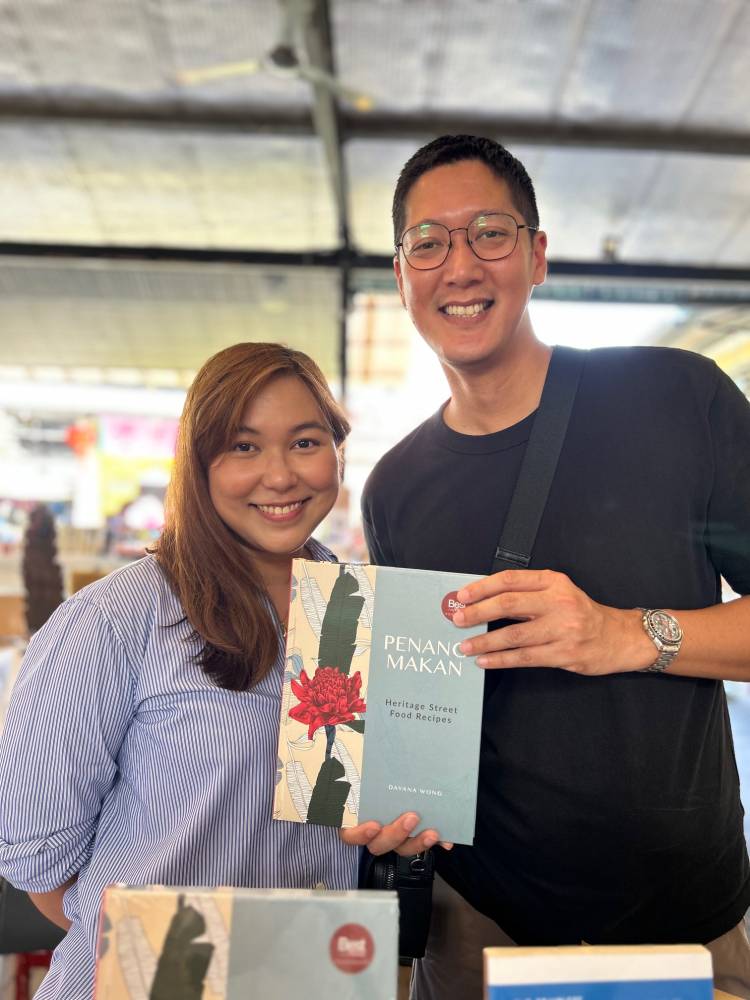
Melting pot
Penang is a showcase of Peranakan cuisine, a medley of Chinese, Malay, Indian and Eurasian ingredients and cooking methods. The dishes are distinctive because of the use of a lot of herbs and spices, as well as being coated in gravy or sauce of some sort like curry.
In Malaysia’s maiden Michelin outing, only four restaurants were handed a star. And among those, one stood out for being a casual spot, as opposed to fine dining. That is Auntie Gaik Lean’s Old School Eatery. Apart from the handpainted mural of chef and owner Gaik Lean at the main dining hall, the home-cooked style Nyonya dishes—in Baba Malay, a female Peranakan is known as a nyonya—clearly stood out, like the the curry tumis, a traditional tamarind hot and sour fish curry that reminded me of our sinigang; and one of the bestsellers, the curry kapitan, a creamy chicken curry redolent of galangal and kaffir lime leaves.
At Jawi House, four generations of women from the Karim family of Punjabi-Jawi Peranakan ancestry created the menu, with Nurilkarim spearheading the kitchen. The room harks back to different era, a particular time captured by the red-and-white majolica tiles and intricately carved wooden swing doors known as pintu pagar. The menu boasts of a selection of biryani cooked in the same manner as Nuril’s grandmother Bismillah Begum did, as well as other heritage numbers such as mutton masala and deep-fried fish with curry leaf sambal.
The Flower Mulan Cafe is the most beautiful Nyonya restaurant I’ve ever set foot in. Tucked inside a more than 30-year-old flower shop, the shop is adorned with big red lanterns that hang from the ceiling, elaborate flower arrangements and Peranakan home pieces to welcome guests. Completing the vibe are classic Nyonya dishes like the tu tor soup with a flavorful broth made from cooking pig stomach and white pepper and bubur cha cha, which is reminiscent of Filipino ginataan.
Main attractionsOne fun way to acknowledge the diversity of food in Penang without the extra carbs is a visit to Wonderfood, an interactive gallery that features larger-than-life examples of the cuisine’s national dishes. The exhibit aims to embrace the local food culture in a way that people, especially those hooked on social media, will surely appreciate. From a six-foot-tall chendol and a tablescape of the world’s most expensive dishes to a wall mount of Indian indulgences, the trek through the food fantasy gallery will certainly work up anyone’s appetite.
If you’re into design and architecture, the Blue Mansion will definitely satisfy your curiosity. Cheong Fatt Tze, a Chinese industrialist and politician, wanted to build an elaborate and majestic house for his descendants back in the late 19th century so he purchased building materials from as far as Scotland and fashioned them based on feng shui beliefs. It was undoubtedly grand, a source of enthrallment during its time. After major reconstruction and preservation, the Blue Mansion now stands as a boutique heritage hotel as well as a beautiful piece of history.
Something to look forward to come weekends is the Hin Market at the Hin Bus Depot. The former transit station became the venue for Ernest Zacharevic’s “Art is Rubbish is Art” exhibition back in 2014. It was met with such great success that the abandoned building eventually became a permanent art space, and later on, a retail place for young start-ups and local artisans selling clothing, fashion accessories, books, kitchenware and, of course, food ranging from iced desserts and wood-fired pizzas, to even Tibetan cuisine.
You’ll never run out of food options in Penang. Be it Michelin-starred fine dining restaurants or street side specialties, the choices abound. Throughout our trip, I got to sample the Penang Road Famous Laksa, which serves lai fun noodles in a sardine broth as well as a smoky wok-seasoned char kway teow with duck egg; Tong Seng’s famous charcoal-roasted chicken; the Transfer Road Roti Canai; Penang Road Famous Teochew Chendul, one of the more mainstream and popular places to enjoy the shaved ice dessert; and nasi kandar at Restoran Deen, a set of steamed rice combined with your choice of curries, sides and gravies.
The restaurant landscape of the island is undoubtedly thriving and so is their bar scene, with the likes of the Back Door Bodega, a speakeasy tucked inside a clothing shop; Gin Library at the rooftop of a hotel; and Nomad, situated on Lebuh Kimberley. Both carry creative concoctions such as the Nori Martini made of seaweed-infused gin, plum wine and genmaicha tea syrup (Nomad) and Eugene (Bodega) made of Japanese gin, yuzu and Cointreau.
This was my first time in Penang. And the more I got to know her, the more I wanted to dig deeper. I’m obviously smitten.
Special thanks to The Wembley-A St. Giles Hotel, Jaison Yang and Otep Pelagio of TWI, and Elaine Plopenio of Air Asia.
Air Asia flies from Manila to Kuala Lumpur twice daily, and from KL to Penang seven times daily. visit www.airasia.com.
TWI and the author will organize a Penang food tour this summer, including some of the places mentioned in the article. Contact Junmar Capuli at tel. no. (0927) 738-7162 or @twirista on Instagram. Follow the author at @fooddudeph on Instagram.
Angelo Comsti writes the Inquirer Lifestyle column Tall Order. He was editor of F&B Report magazine.













